Home>Gardening & Outdoor>Outdoor Structures>What To Put Around The Bottom Of A Shed
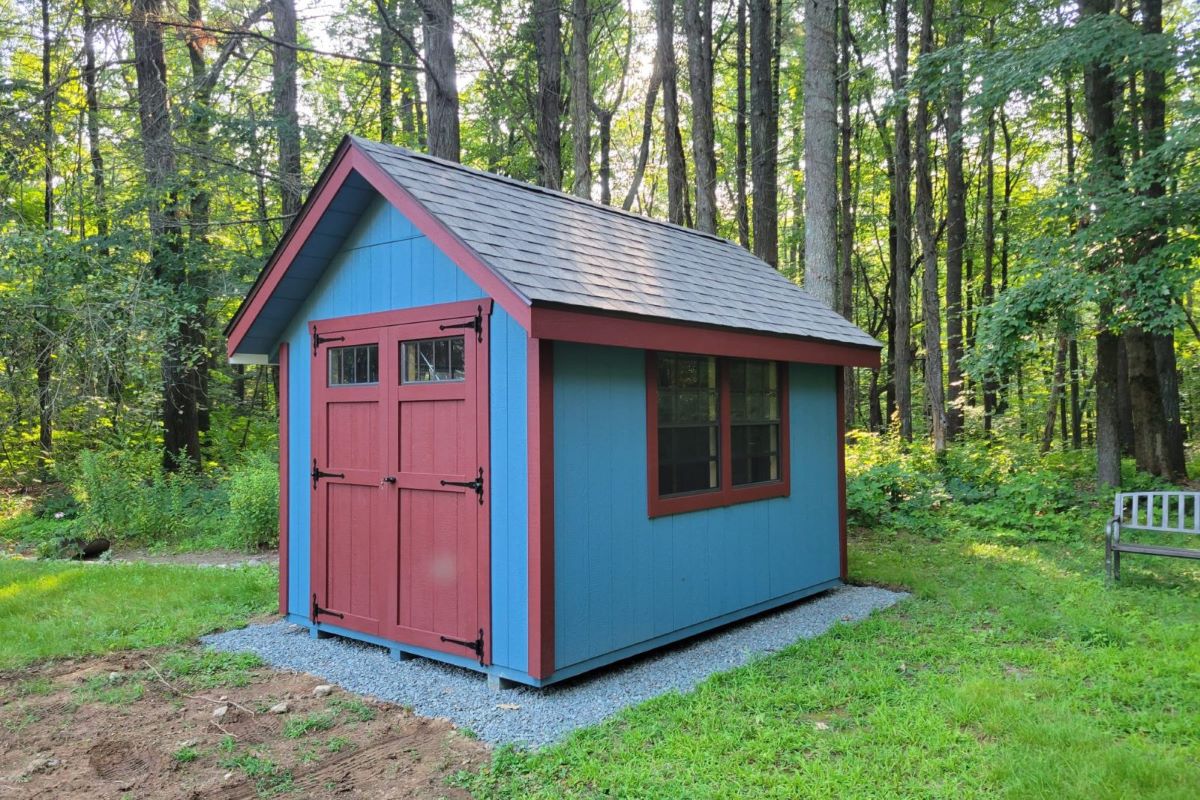

Outdoor Structures
What To Put Around The Bottom Of A Shed
Modified: August 27, 2024
Discover the best options for protecting the bottom of your shed with our comprehensive guide. Explore various outdoor structure solutions for long-lasting durability.
(Many of the links in this article redirect to a specific reviewed product. Your purchase of these products through affiliate links helps to generate commission for Storables.com, at no extra cost. Learn more)
Introduction
When it comes to enhancing the functionality and aesthetic appeal of your outdoor shed, the area around its base plays a crucial role. Choosing the right materials to put around the bottom of your shed can help protect it from moisture, pests, and wear and tear, while also adding to the overall charm of your outdoor space. From practical options like concrete and pressure-treated wood to more decorative choices such as gravel and mulch, there are several materials to consider. Each option comes with its own set of benefits and considerations, so it’s essential to weigh your specific needs and preferences before making a decision. In this comprehensive guide, we’ll explore various materials that can be used around the bottom of a shed, helping you make an informed choice that suits both your practical and aesthetic requirements.
Key Takeaways:
- Choose materials like concrete, gravel, or mulch to protect your shed from moisture and pests while adding charm to your outdoor space. Consider drainage, maintenance, and design harmony for a well-informed decision.
- Whether you prioritize durability, sustainability, or visual appeal, there are diverse options to elevate the functionality and aesthetics of your shed’s base. Proper installation and maintenance are key for long-term effectiveness.
Read more: What To Put In The Bottom Of A Fire Pit
Concrete or Paving Slabs
One of the most durable and long-lasting options for the area around your shed is to use concrete or paving slabs. These materials provide a solid and stable foundation, offering excellent support for the shed structure. Concrete, in particular, is known for its strength and resilience, making it an ideal choice for areas with heavy foot traffic or where heavy equipment might be stored. Paving slabs, on the other hand, offer a more decorative touch, allowing you to create a visually appealing pathway around the shed.
When using concrete, you have the option to create a full concrete pad that extends slightly beyond the shed’s perimeter. This not only provides a clean and level surface but also helps prevent water from pooling around the base of the shed, reducing the risk of moisture-related damage. Additionally, concrete can act as a barrier to pests, such as rodents, by eliminating potential entry points at ground level.
Paving slabs, available in a variety of sizes, shapes, and colors, offer versatility in design. You can create a custom pattern or pathway that complements the style of your shed and the surrounding landscape. Properly installed paving slabs provide a stable surface for walking and working around the shed, and they can withstand the elements with minimal maintenance.
Both concrete and paving slabs require careful preparation and installation to ensure a level and stable foundation. Proper drainage considerations are essential to prevent water accumulation. While these options may require more upfront investment and labor compared to other materials, their durability and low maintenance make them a long-term solution for the area around your shed.
Gravel or Crushed Stone
For a versatile and cost-effective option around the bottom of your shed, gravel or crushed stone can be an excellent choice. These materials offer good drainage, which is essential for preventing water buildup around the shed. Gravel, available in various sizes and colors, can be used to create a clean and decorative surface around the shed, while crushed stone, typically more angular in shape, provides a stable and compacted base.
One of the key advantages of using gravel or crushed stone is their ability to allow water to percolate into the ground, minimizing the risk of standing water and potential moisture-related issues. This is particularly beneficial in areas prone to heavy rainfall or where the natural soil composition may lead to poor drainage. Properly installed, a layer of gravel or crushed stone can help maintain a dry and stable environment around the shed.
Another benefit of these materials is their ease of installation and maintenance. They can be spread and leveled relatively quickly, making them a practical choice for DIY enthusiasts. Additionally, periodic raking and replenishment can help maintain the appearance and functionality of the gravel or crushed stone surface, ensuring a neat and tidy border around the shed.
When using gravel or crushed stone, it’s important to consider the potential for displacement, especially in high-traffic areas or in regions with significant erosion risks. Edging materials, such as landscape timbers or metal borders, can help contain the gravel or crushed stone, preventing it from spreading beyond the intended area. This not only enhances the visual appeal but also contributes to the overall stability of the shed’s surroundings.
Whether you opt for the natural charm of gravel or the compacted foundation provided by crushed stone, both materials offer a practical and budget-friendly solution for the area around the bottom of your shed.
Pressure-Treated Wood
When seeking a natural and rustic aesthetic for the base of your shed, pressure-treated wood can be an excellent choice. Pressure-treated lumber is specially treated to resist decay, rot, and insect damage, making it a durable and long-lasting option for outdoor applications. Using pressure-treated wood around the bottom of your shed not only adds a warm and organic touch to the landscape but also provides a sturdy and reliable border for the shed’s foundation.
One of the primary advantages of pressure-treated wood is its resistance to moisture and pests. This makes it particularly suitable for creating a barrier between the shed and the ground, helping to protect the structure from potential water damage and termite infestations. Additionally, pressure-treated wood can withstand exposure to the elements, making it a low-maintenance choice for the long term.
When using pressure-treated wood, you have the flexibility to customize the design and layout. Whether opting for traditional horizontal or vertical boards or exploring more creative options such as lattice patterns or decorative trellises, pressure-treated wood allows for versatile and personalized configurations. This can help create a cohesive and visually appealing transition between the shed and the surrounding landscape.
Proper installation and maintenance are essential when utilizing pressure-treated wood around the shed. Adequate drainage and ventilation should be considered to prevent moisture accumulation and potential wood decay. Periodic inspections and treatments can help prolong the lifespan of the wood, ensuring that it continues to enhance the beauty and functionality of the shed’s base.
By choosing pressure-treated wood, you can achieve a charming and natural border around your shed while benefiting from its durability and resistance to environmental stressors. This option seamlessly blends practicality with a timeless, rustic allure, adding character and warmth to your outdoor space.
Consider using a gravel or crushed stone base around the bottom of your shed. This will help with drainage, prevent moisture buildup, and discourage pests from nesting underneath.
Plastic or Rubber Shed Base
For a modern and innovative approach to the area around the bottom of your shed, consider using a plastic or rubber shed base. These materials offer unique advantages, including ease of installation, excellent drainage, and impact resistance. A plastic shed base typically consists of interlocking panels made from recycled polypropylene, providing a stable and permeable foundation for the shed. On the other hand, a rubber shed base is constructed from durable, environmentally friendly materials, offering a cushioned and supportive surface.
One of the key benefits of a plastic shed base is its user-friendly installation process. The interlocking panels can be easily assembled without the need for specialized tools or extensive groundwork. This not only saves time and labor but also ensures a level and secure base for the shed. Additionally, the permeable nature of the plastic panels allows water to drain efficiently, preventing waterlogging and maintaining a dry environment around the shed.
Similarly, a rubber shed base provides a resilient and shock-absorbing surface, offering protection for both the shed and its contents. The cushioned properties of rubber help reduce the impact of heavy equipment or foot traffic, minimizing the risk of damage to the shed’s base. Furthermore, rubber shed bases are often made from recycled materials, making them an environmentally conscious choice for outdoor construction projects.
Both plastic and rubber shed bases are designed to withstand various weather conditions, ensuring long-term durability and stability. They are resistant to rot, decay, and insect damage, making them low-maintenance options for the area around the shed. Additionally, these materials can adapt to uneven ground surfaces, providing a level and supportive foundation for the shed without the need for extensive site preparation.
By opting for a plastic or rubber shed base, you can introduce a modern and resilient element to the base of your shed, offering practical benefits such as ease of installation, impact resistance, and efficient drainage. These materials combine functionality with sustainability, providing a reliable and contemporary solution for enhancing the space around your shed.
Mulch or Wood Chips
For a natural and organic touch around the bottom of your shed, mulch or wood chips can offer a charming and practical solution. These materials not only add visual appeal to the landscape but also contribute to moisture retention, weed suppression, and soil insulation. Mulch, typically made from shredded bark, wood, or other organic matter, provides a decorative and protective layer, while wood chips, derived from chipped or shredded wood, offer a durable and earthy foundation.
One of the primary advantages of using mulch or wood chips is their ability to regulate soil moisture and temperature. By creating a protective barrier, these materials help retain moisture in the soil, reducing the need for frequent watering and promoting healthy plant growth around the shed. Additionally, mulch and wood chips act as insulating layers, protecting the soil and plant roots from temperature fluctuations and extreme weather conditions.
Another benefit of mulch and wood chips is their natural weed control properties. When applied at an adequate depth, these materials inhibit weed germination and growth, helping maintain a tidy and weed-free border around the shed. This not only reduces the need for herbicides and frequent weeding but also contributes to a cleaner and more visually appealing outdoor space.
Using mulch or wood chips around the base of the shed also supports soil health and microbial activity. As these materials decompose over time, they enrich the soil with organic matter, promoting nutrient cycling and enhancing the overall fertility of the surrounding area. This can be particularly beneficial for plantings near the shed, creating a conducive environment for ornamental plants, shrubs, or small garden beds.
It’s important to replenish mulch or wood chips periodically to maintain their appearance and functionality. Regular top-dressing can help preserve the protective and aesthetic qualities of these materials, ensuring a vibrant and well-maintained border around the shed. Additionally, proper edging and containment can prevent the spread of mulch or wood chips beyond the intended area, creating a defined and cohesive transition between the shed and the surrounding landscape.
By choosing mulch or wood chips, you can introduce a natural and nurturing element to the base of your shed, offering benefits such as moisture retention, weed suppression, and soil insulation. These materials combine aesthetic charm with practical functionality, enriching the overall appeal and sustainability of your outdoor space.
Conclusion
Choosing the right materials to put around the bottom of your shed is a decision that encompasses both practical considerations and aesthetic preferences. Whether you opt for the durability of concrete, the natural charm of mulch, or the modern innovation of a plastic shed base, each option offers unique benefits for enhancing the functionality and visual appeal of your outdoor space.
It’s essential to assess your specific requirements, such as drainage needs, maintenance preferences, and the overall design harmony with the existing landscape. By carefully evaluating these factors, you can make an informed choice that aligns with your vision for the shed’s surroundings.
Whichever material you select, proper installation and maintenance are key to ensuring the longevity and effectiveness of the chosen solution. Adequate drainage, periodic inspections, and proactive upkeep can help preserve the integrity and aesthetics of the area around the shed, contributing to its overall durability and appeal.
Ultimately, the materials used around the bottom of a shed play a vital role in protecting the structure from moisture, pests, and wear and tear, while also adding to the overall charm and cohesion of your outdoor space. Whether you prioritize practical functionality, environmental sustainability, or visual harmony, there are diverse options available to suit your needs and elevate the aesthetics and functionality of your shed’s base.
By considering the diverse materials and their respective advantages, you can make a well-informed decision that not only enhances the area around the bottom of your shed but also contributes to the overall character and resilience of your outdoor environment.
Frequently Asked Questions about What To Put Around The Bottom Of A Shed
Was this page helpful?
At Storables.com, we guarantee accurate and reliable information. Our content, validated by Expert Board Contributors, is crafted following stringent Editorial Policies. We're committed to providing you with well-researched, expert-backed insights for all your informational needs.
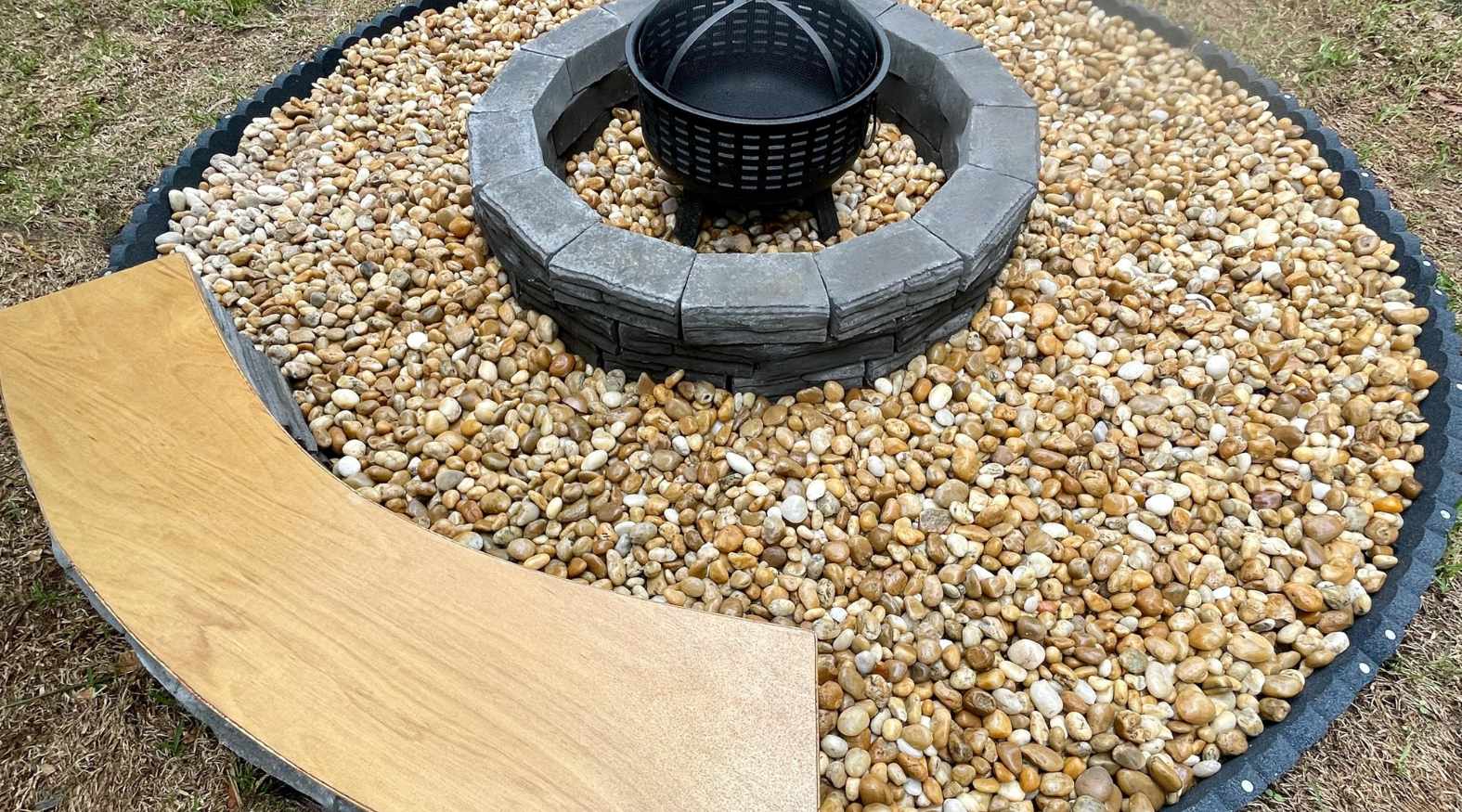
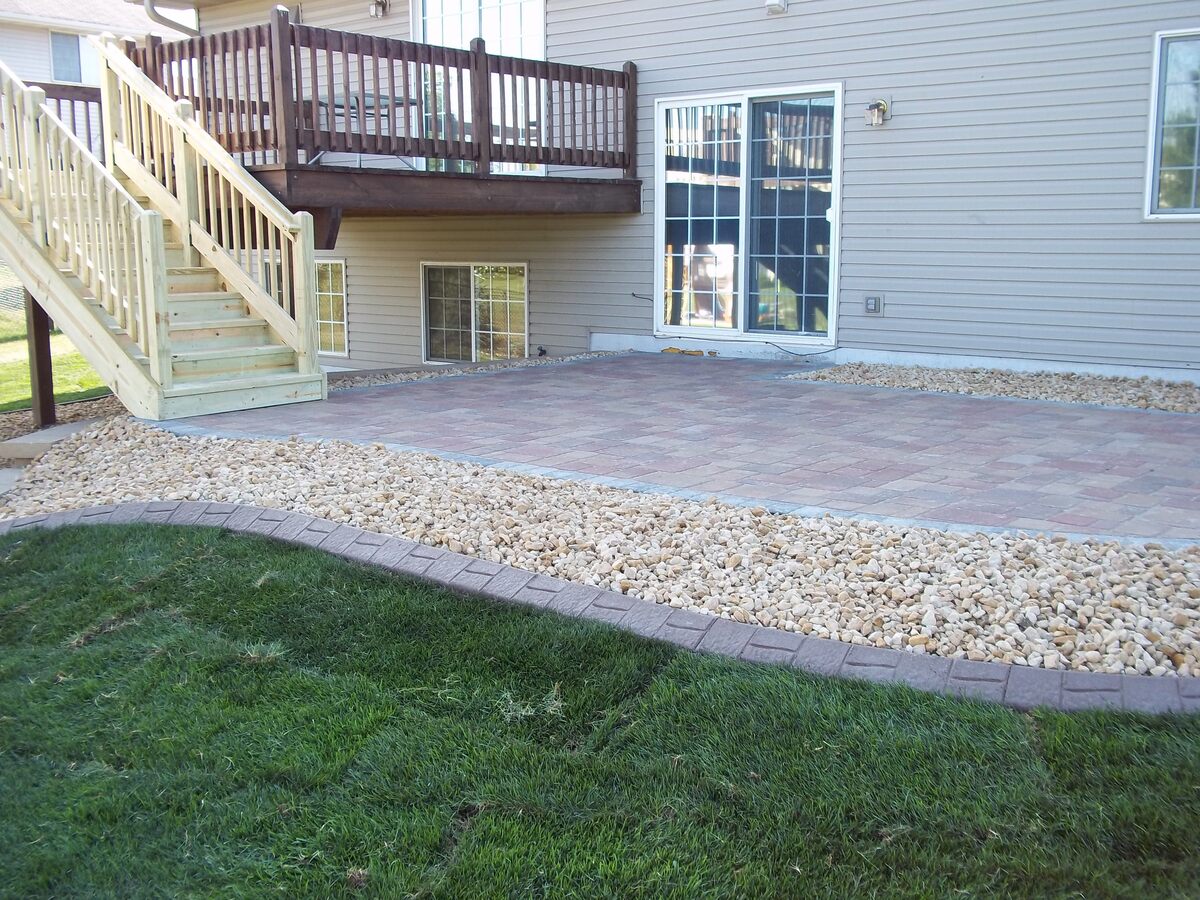
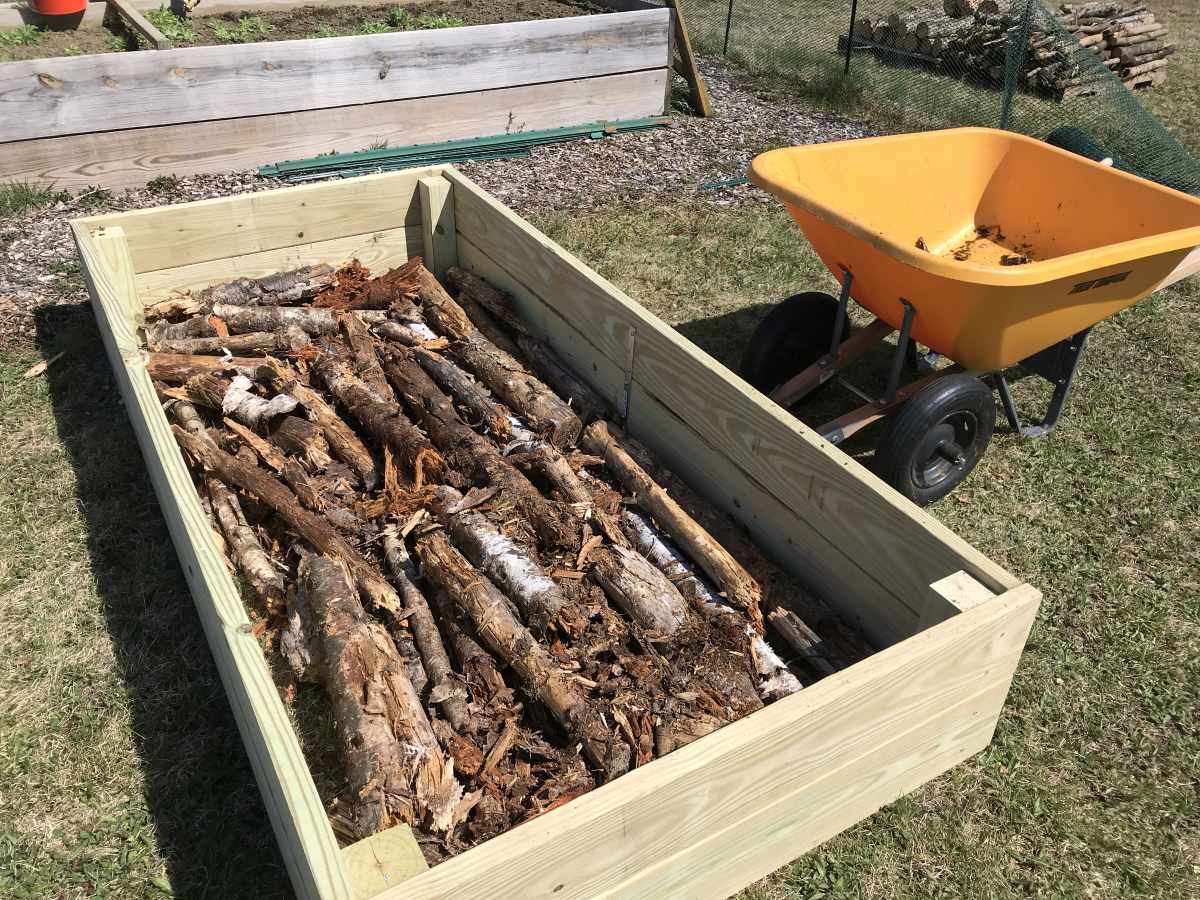

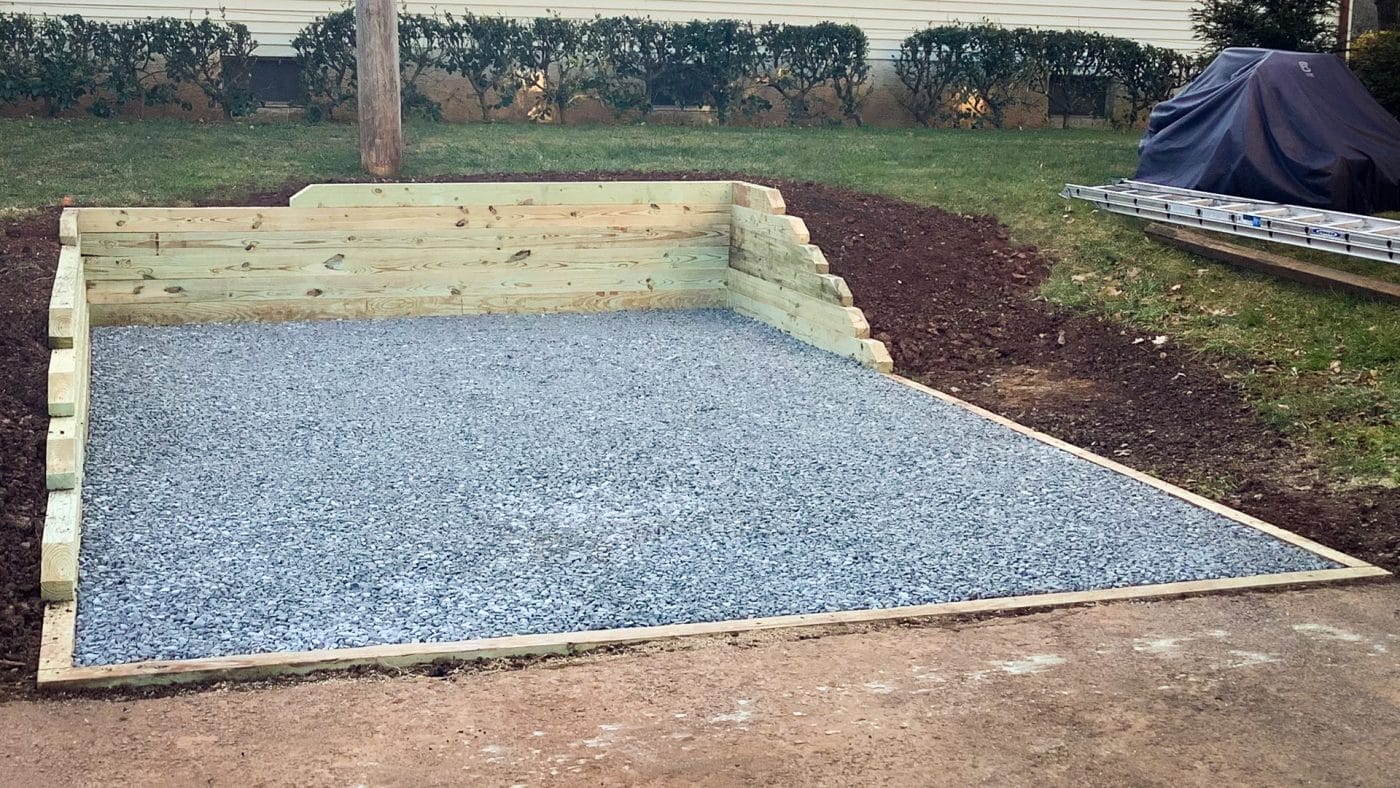
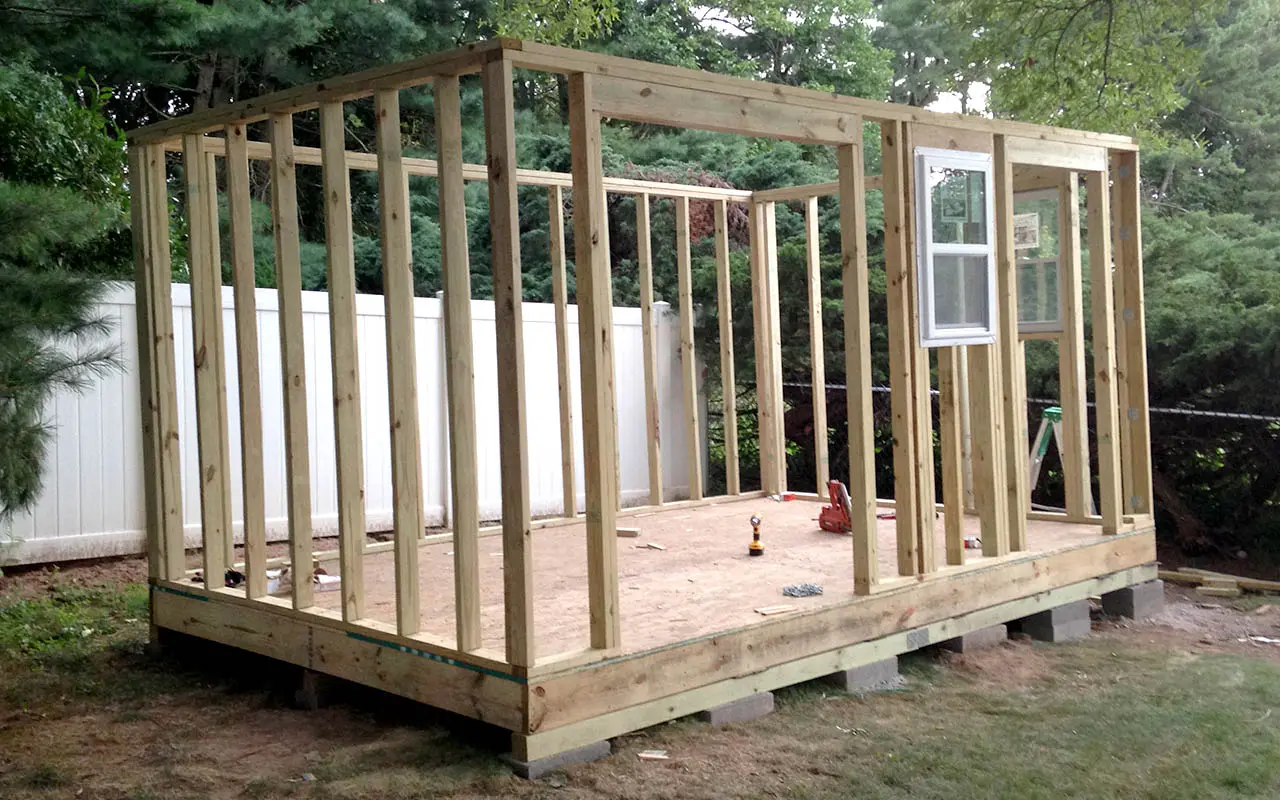
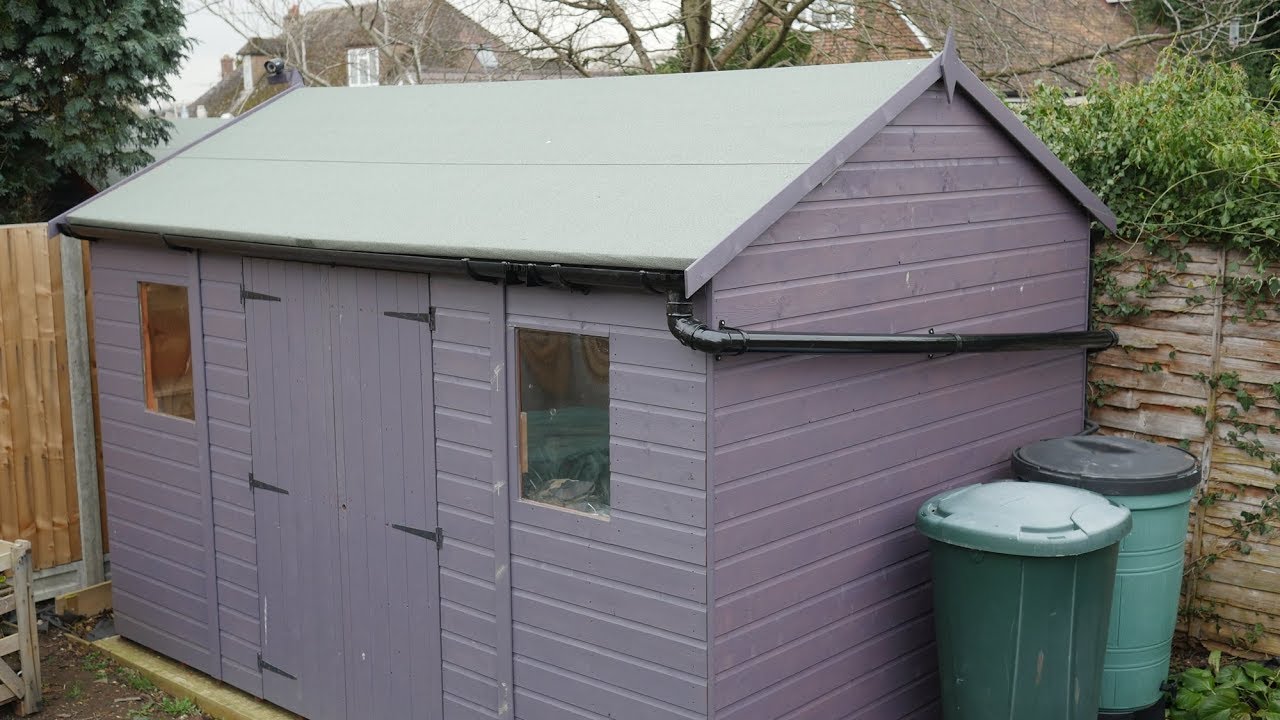
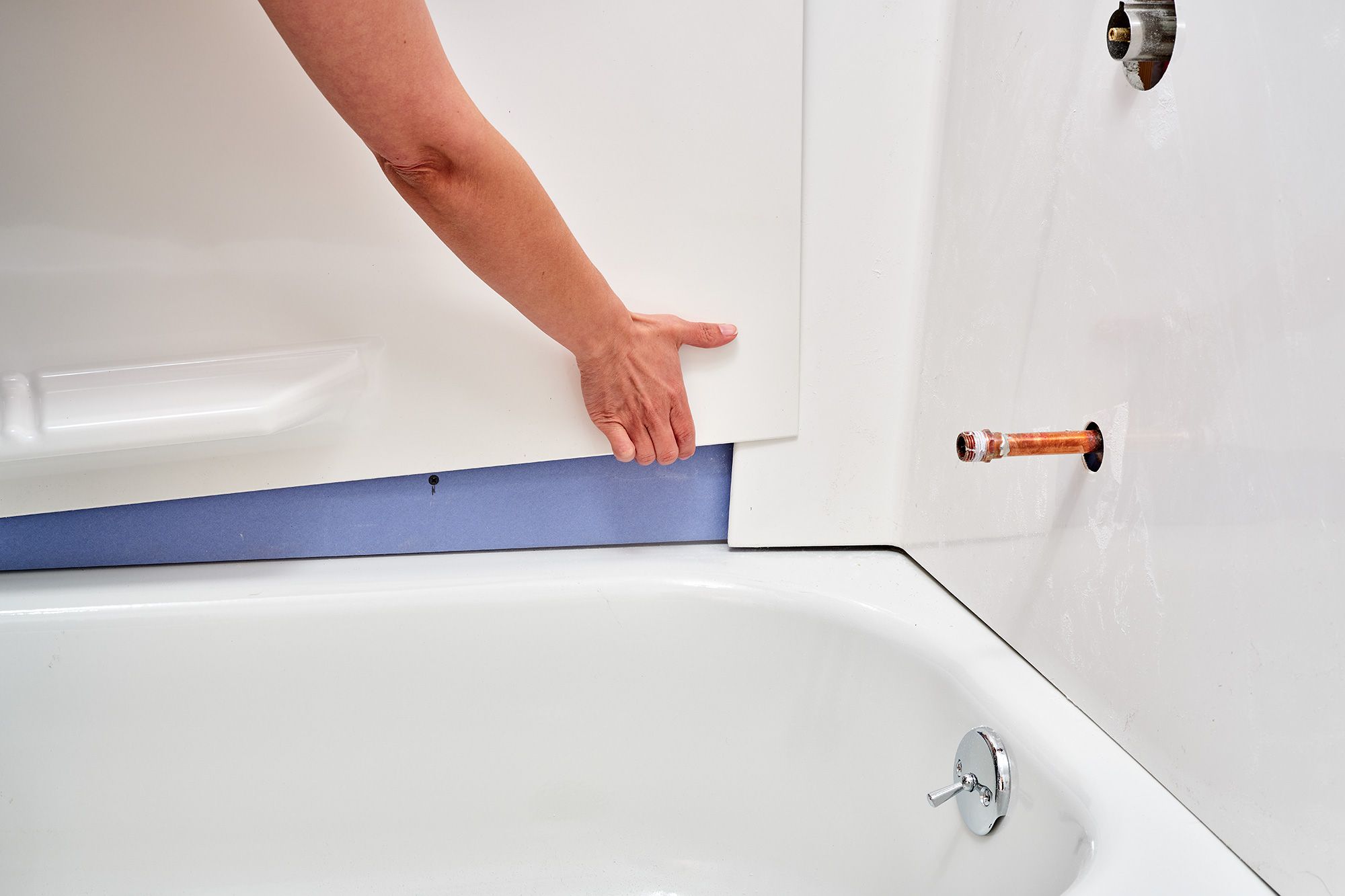
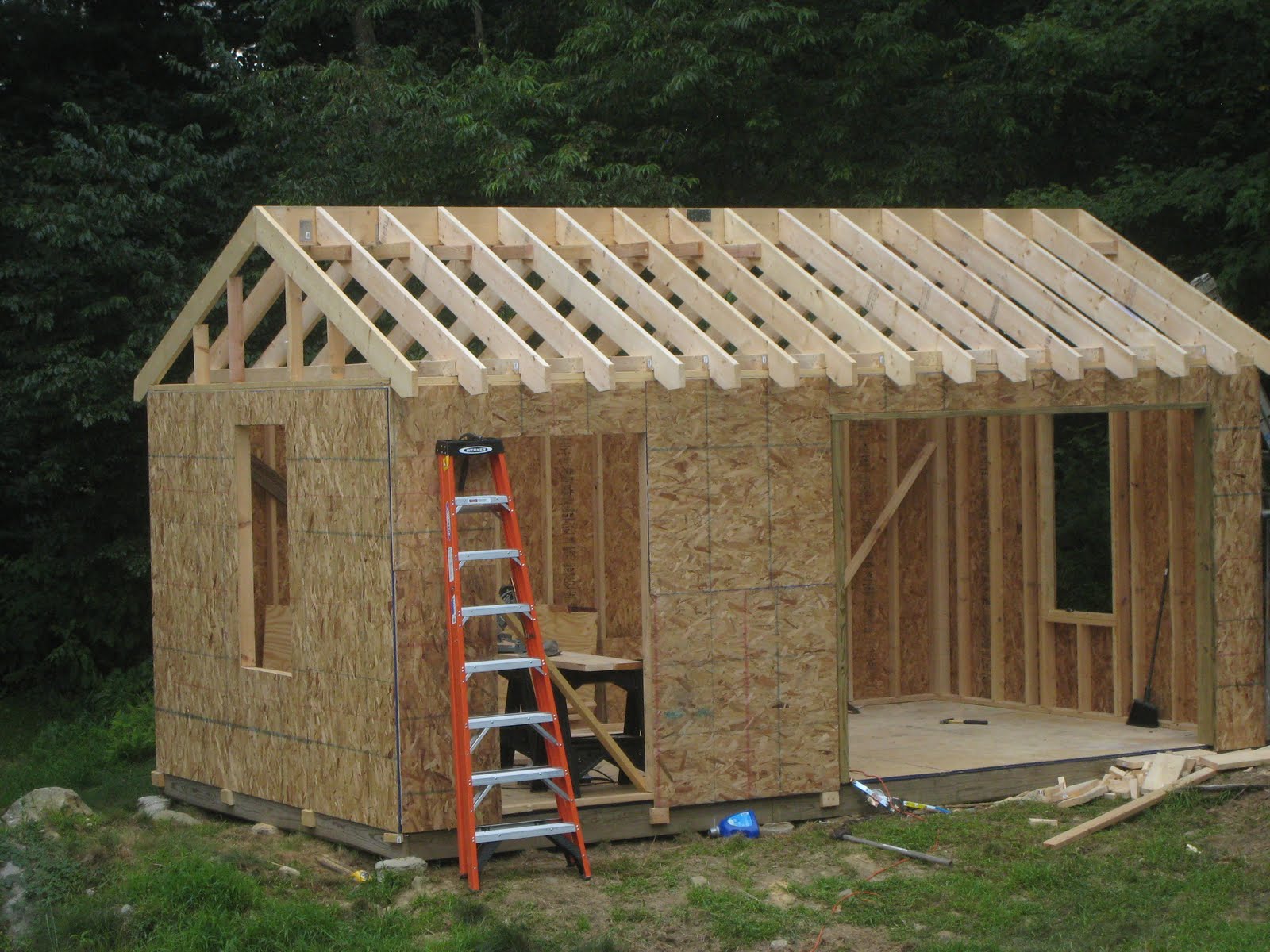
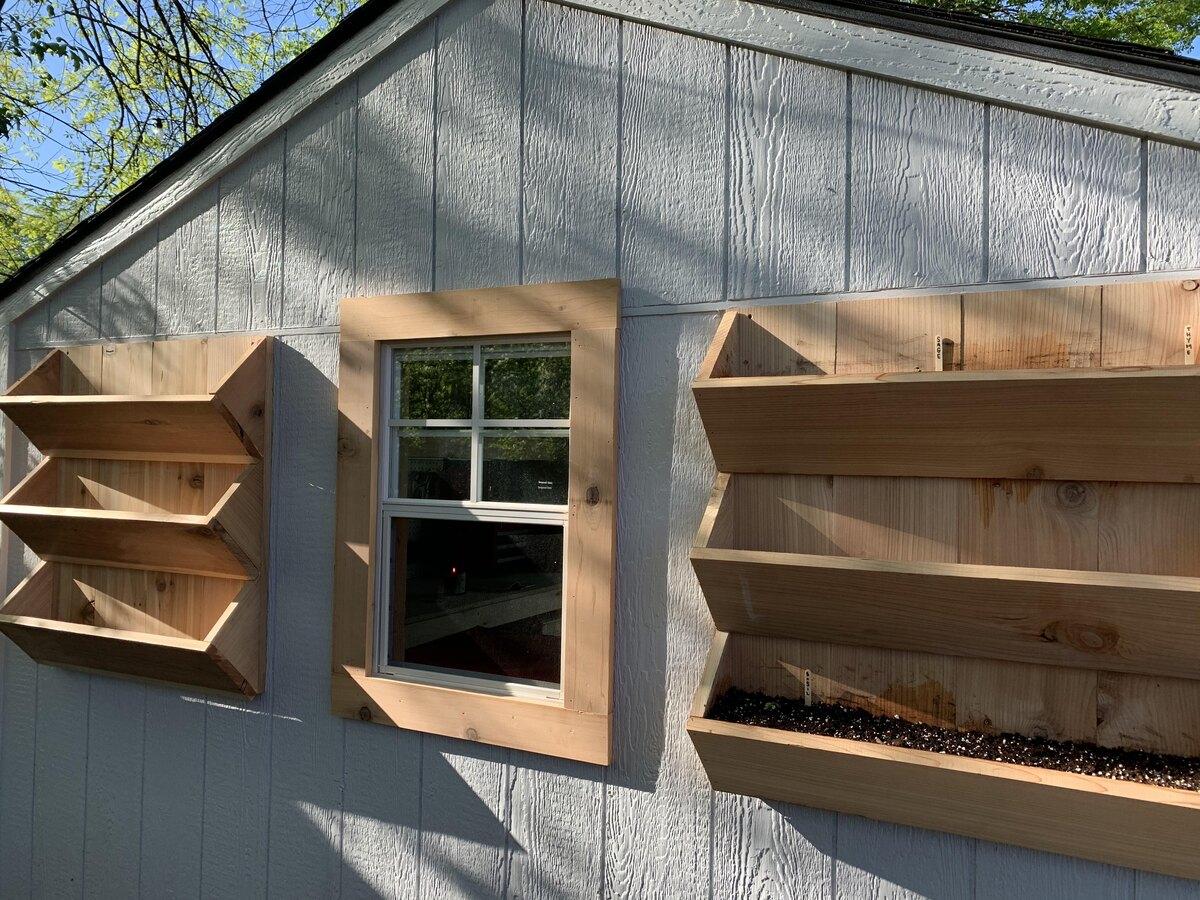

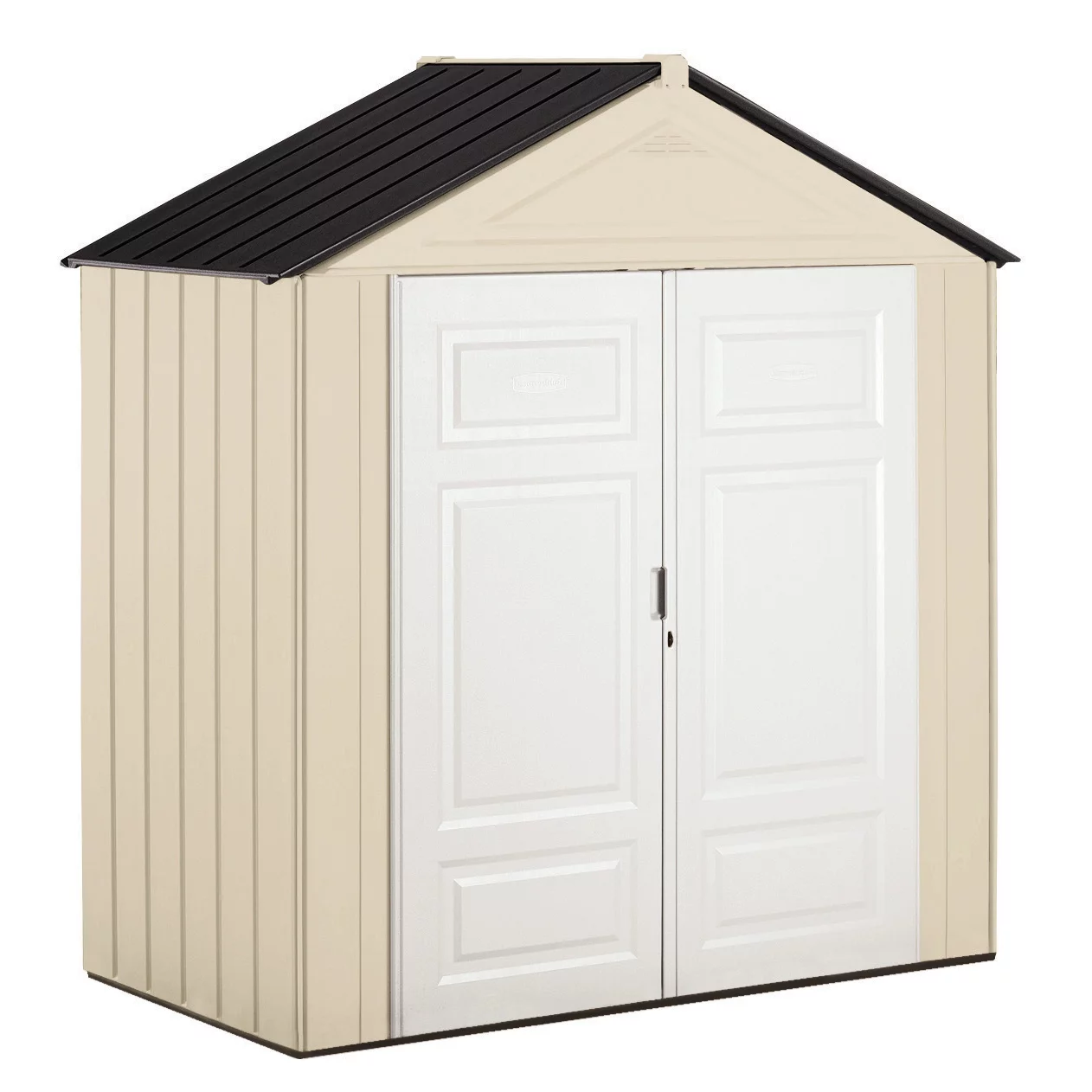
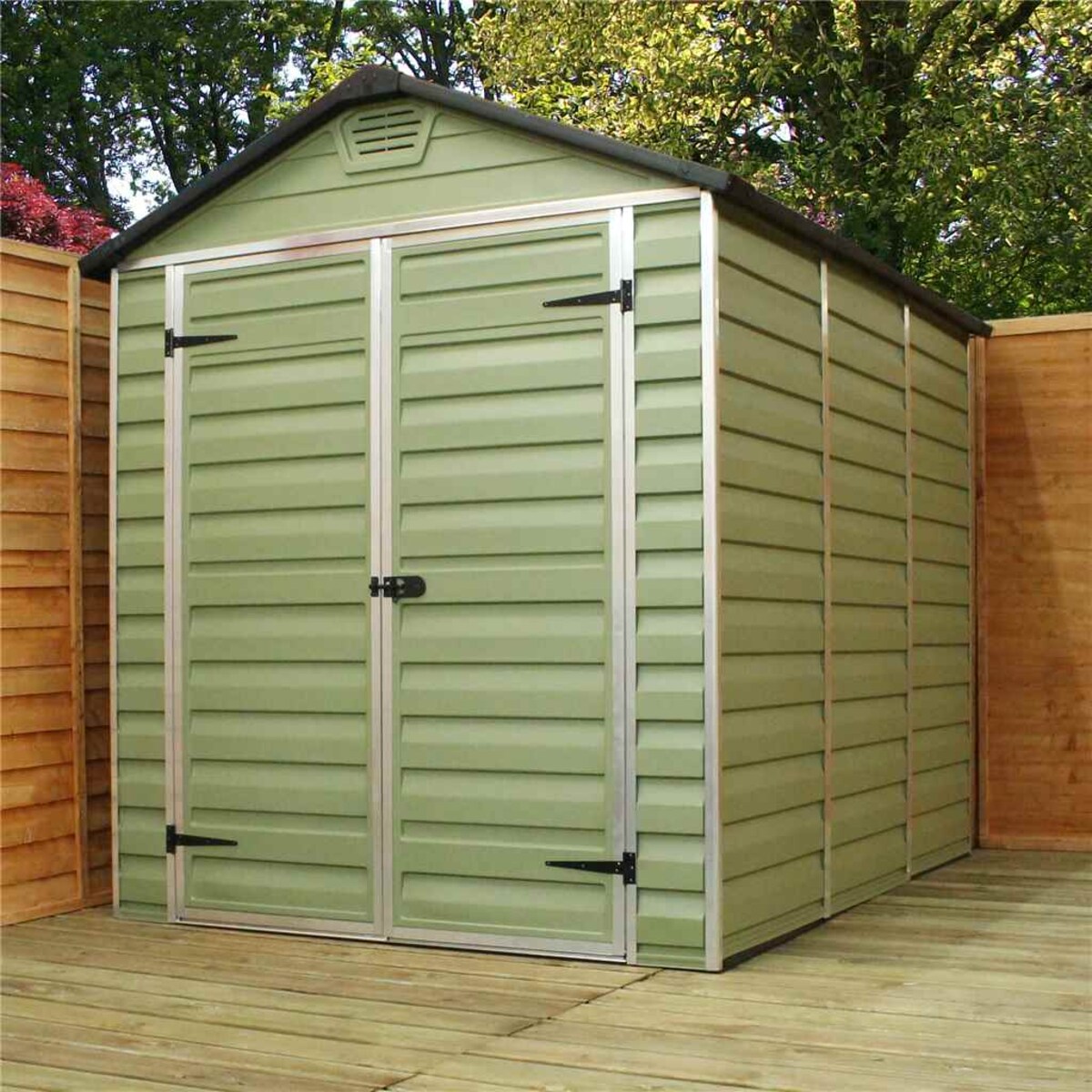
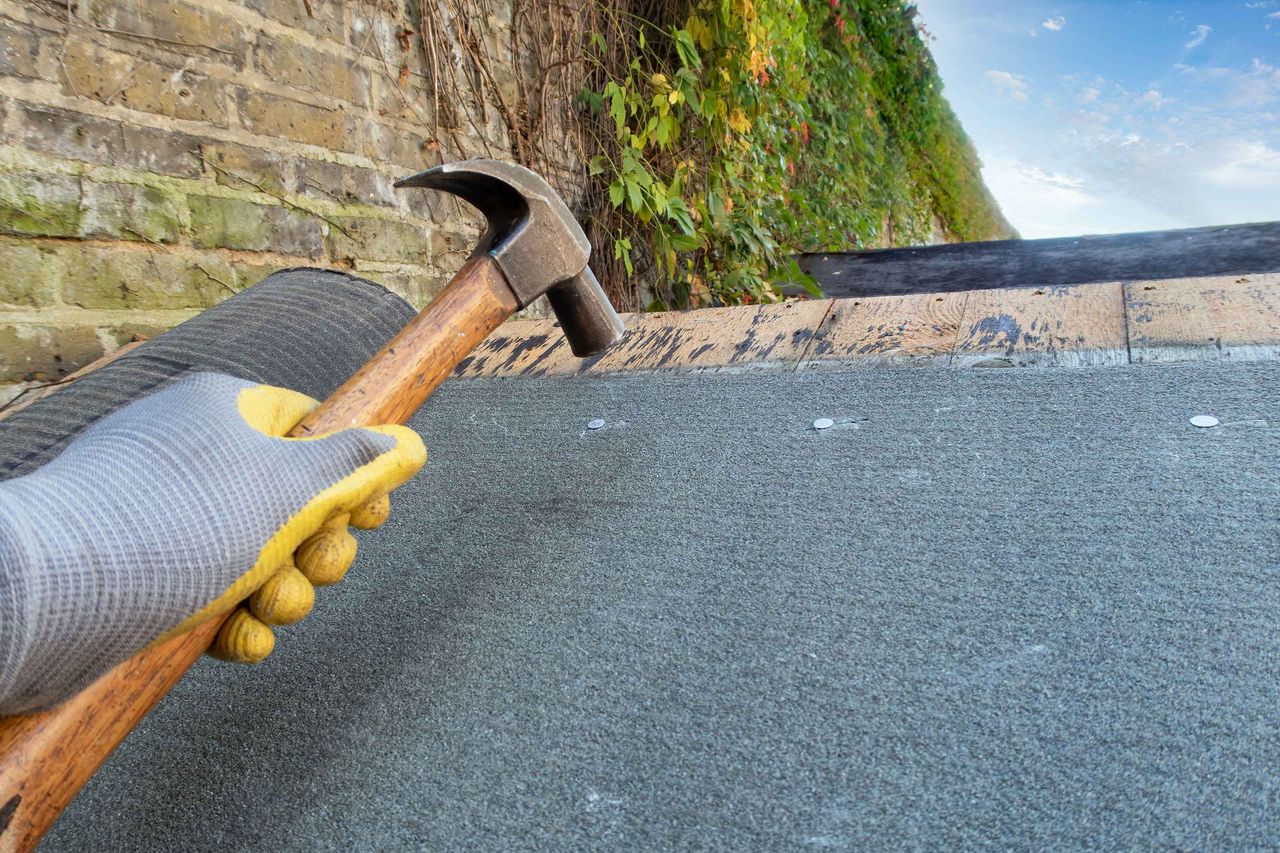

0 thoughts on “What To Put Around The Bottom Of A Shed”